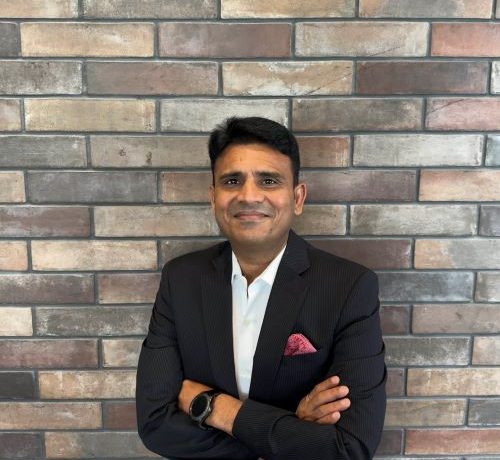AURAK professor co-authors paper on open source platform

Ras Al Khaimah, UAE, April 25, 2023: A researcher from the American University of Ras Al Khaimah (AURAK) has co-authored a paper on an open source platform that enables brain-like computations.
The paper presents a novel approach to neuromorphic computing, which is inspired by the structure and function of the human brain. The paper demonstrates a framework that entails a bottom-up approach to accelerate research, development, and verification of neuro-inspired sensing devices for real-life applications.
Dr. Arfan Ghani, an Associate Professor in Computer Engineering at AURAK, collaborated with Thomas Dowrick, from Department of Medical Physics, University College London, London, and Liam J. McDaid, from School of Computing, Engineering and Intelligent Systems, University of Ulster, Londonderry, UK, to develop the paper.
To enable fully parallel brain-like computations, the paper proposes a methodology where a spiking neuron model was emulated in software, and electronic circuits were then implemented and characterized.
According to Dr. Ghani, previous work in neuromorphic engineering mostly considered application-specific designs, which is a strong limitation for researchers to develop novel applications and emulate the true behaviour of neuro-inspired systems.
“In our paper, we have shown through software simulations and empirical modelling that the proposed technique is capable of replicating neural dynamics and post-synaptic potentials. Retrospectively, the proposed framework represents a first step towards open-source neuro-inspired hardware for a range of applications, such as healthcare, applied machine learning and the internet of things (IoT),” said Dr. Ghani, quoting from the paper.
The paper notes that IoT-based devices are particularly promising for applications in medicine and healthcare. Such devices have greater potential to reduce the ever-increasing cost of care in developed as well as developing countries.
With silicon pushed to its limits, the paper notes there is a need to look beyond conventional computing platforms. The brain realizes a huge number of tasks through flexible and power-efficient networks of neurons. To enable brainlike computations, a power-efficient neural fabric is needed to emulate the basic functionality of the human brain.
The paper demonstrates the viability of implementing neural dynamics on software and hardware platforms, whereas the data extracted through fabricated neural structures was empirically modelled and provided as an open-source.
“To sum it up, our paper offers a proof-of-concept demonstration of the spiking neural circuits capturing some of the neural dynamics. It is shown by experimental results (software and hardware) that it is viable to look beyond traditional paradigms and explore neuro-inspired cells as computational entities. Empirical models were developed from the data extracted through the fabricated device and accuracy was confirmed,” said Dr. Ghani.
The work of the three researchers demonstrates the feasibility of an open-source neural hardware platform where neural fabric can be provided for rapid investigation and development.
Last Updated on 2 years by News Desk 2













